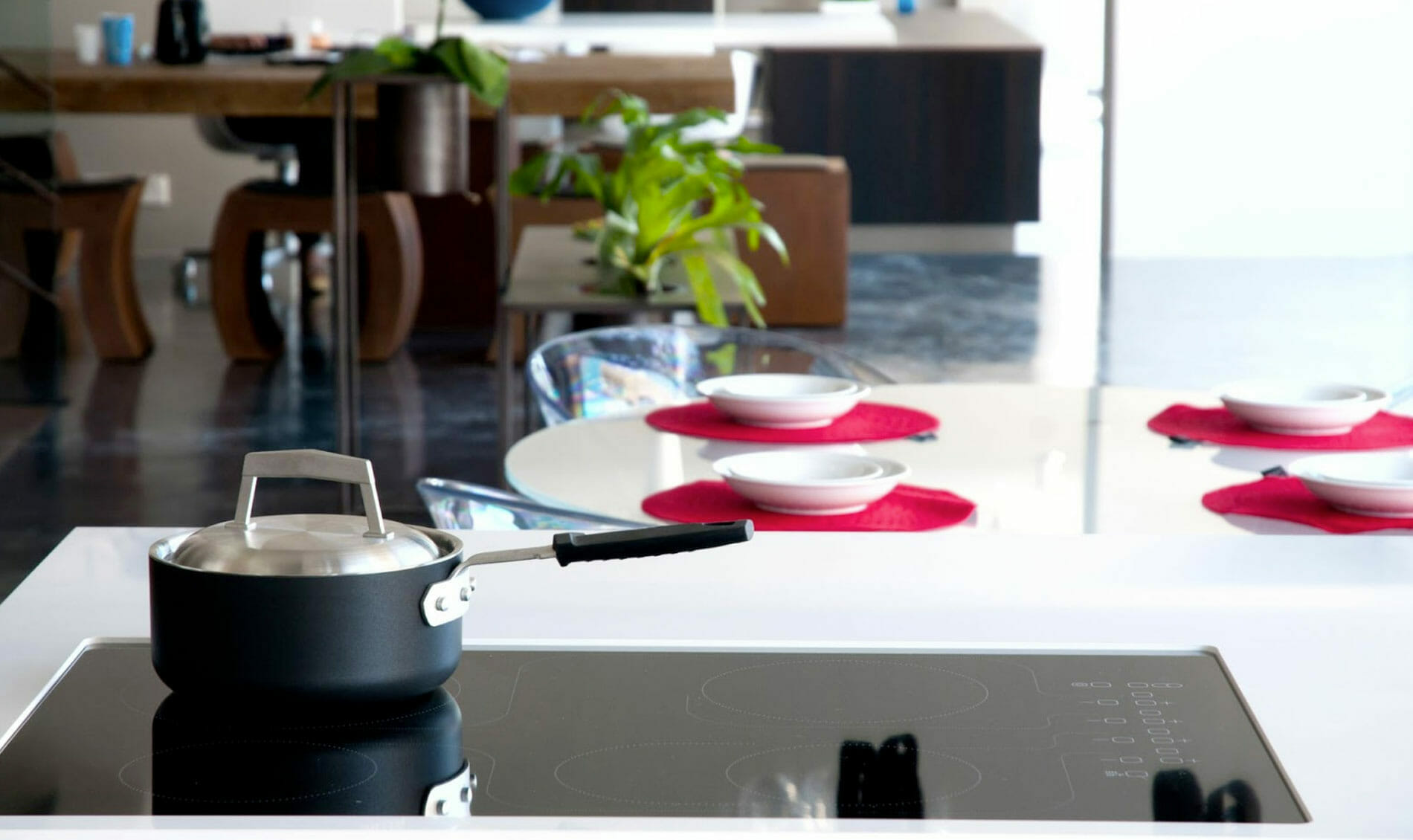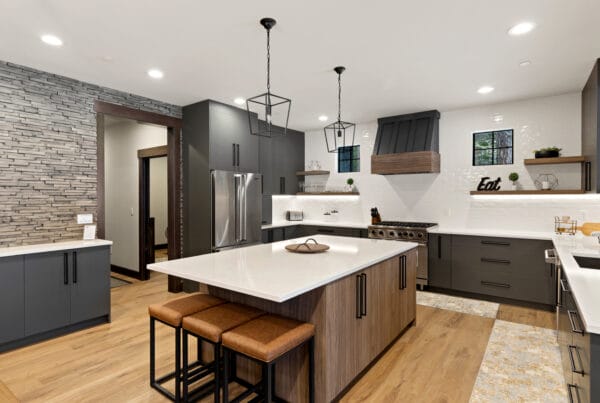As a homeowner, your kitchen is one of the most important rooms in your house. It’s where you’ll do most of your cooking, need to store food, and has the primary work area. In almost every home, kitchens get renovated over time, and upgrading your appliances is often one of the major decisions you’ll have to make.
In this post, we are talking with our friends at Zwell about the growing trend in induction cooktops.
Induction stoves are gaining in popularity because of their safety features, flexibility, ease of cleaning, and energy efficiency.
Energy Efficiency
Induction stoves provide faster, more powerful heating than do gas stoves. Induction stoves are able to generate more intense heat (9 kW vs. 2 kW for gas) that hits the bottom of your pots instead of the top. Perhaps the biggest benefit experienced by those who make the switch to induction cooking is that their kitchen never becomes uncomfortably hot, because 90 percent of the heat generated by induction cookers goes directly to where you want it – your pots and pans compared to 74% for traditional electric systems and 40% for gas. This makes induction more environmentally friendly than other cooking methods, and it also saves you money on your power bill.
Safety
Induction cooktops, like other electric cooking elements, avoid combustion and gas lines, so are inherently safer than gas burners. But induction cooktops go further, dropping a piece of paper on a cooktop that’s on can’t cause a fire. Induction cooking also decreases the risk of burns and accidental fires, as there is no open flame and the cookware itself is the only heat source.
One thing to also consider is that homes with gas stoves have nitrogen dioxide concentrations 50 – 400% higher than homes with electric stoves. Exposure to nitrogen dioxide, even in the short term and at low levels, can cause respiratory effects. Children are at increased risk from illnesses associated with gas stove pollution: living in a home with a gas stove increases their risk of having asthma by 42%.
Enjoying the article? Share this blog post with your friends and family!
Flexibility & Maintenance
Because the surface isn’t hot, it’s easy to clean and wipe down the surface in an instant. And, since the surface is completely flat, it also eliminates the burned-up crumbs and cooked-on gunk that tends to get in and around the burners and contours of standard cooktops.
As an environmentally friendly heat source, induction uses about half as much electricity, and emits far fewer greenhouse gases, when compared to gas or electric coil heating. And unlike these other two heating sources that are primarily available only for cooking-specific zones in the kitchen, induction is designed to work in any location of the kitchen.
Cost
If your house is already plumbed for gas then there are more cost-effective gas ranges you could consider. However, if your kitchen isn’t already equipped with a gas line for your oven or cooktop, adding one can be costly and time-consuming. Unlike gas, most induction doesn’t require any special kind of hookup beyond a 220-240v outlet.
Those are just a few of the reasons to consider an induction cooktop for your kitchen remodel. We are happy to discuss the pros and cons of choosing an induction cooktop.
Ready for a New Kitchen? Contact Eastside Kitchen & Bath
If you believe you could benefit from a new kitchen, don’t hesitate to contact us today. We look forward to hearing from you and bringing your dream kitchen to life.





